Up Next

AlphaTauri was much better than its seventh position in the 2020 Formula 1 constructors’ championship suggests, so I’m confident it is capable of making a big step forward in 2021.
Pierre Gasly has proved he thrives in the right team environment and now that he is the unquestionable team leader, I expect to see him become even more effective this year. Gasly has everything he needs to fit in and do things his way.
He has rookie Yuki Tsunoda, who we know from F2 is no slouch, by his side and with the full backing from Honda.
Technical director Jody Egginton has said the token spend and plenty of development resource has been focused on a new nose and front suspension.
The images show that the nose isn’t a revolution as it’s still more towards the wide end of the spectrum. I’m surprised that AlphaTauri hasn’t followed the lead of other teams by going as narrow as possible.
It’s not easy to pass the crash test with the narrow nose, but as others have shown it is possible. The AlphaTauri version does now have an elaborate cape underneath, but this is less effective because of the wide nose.
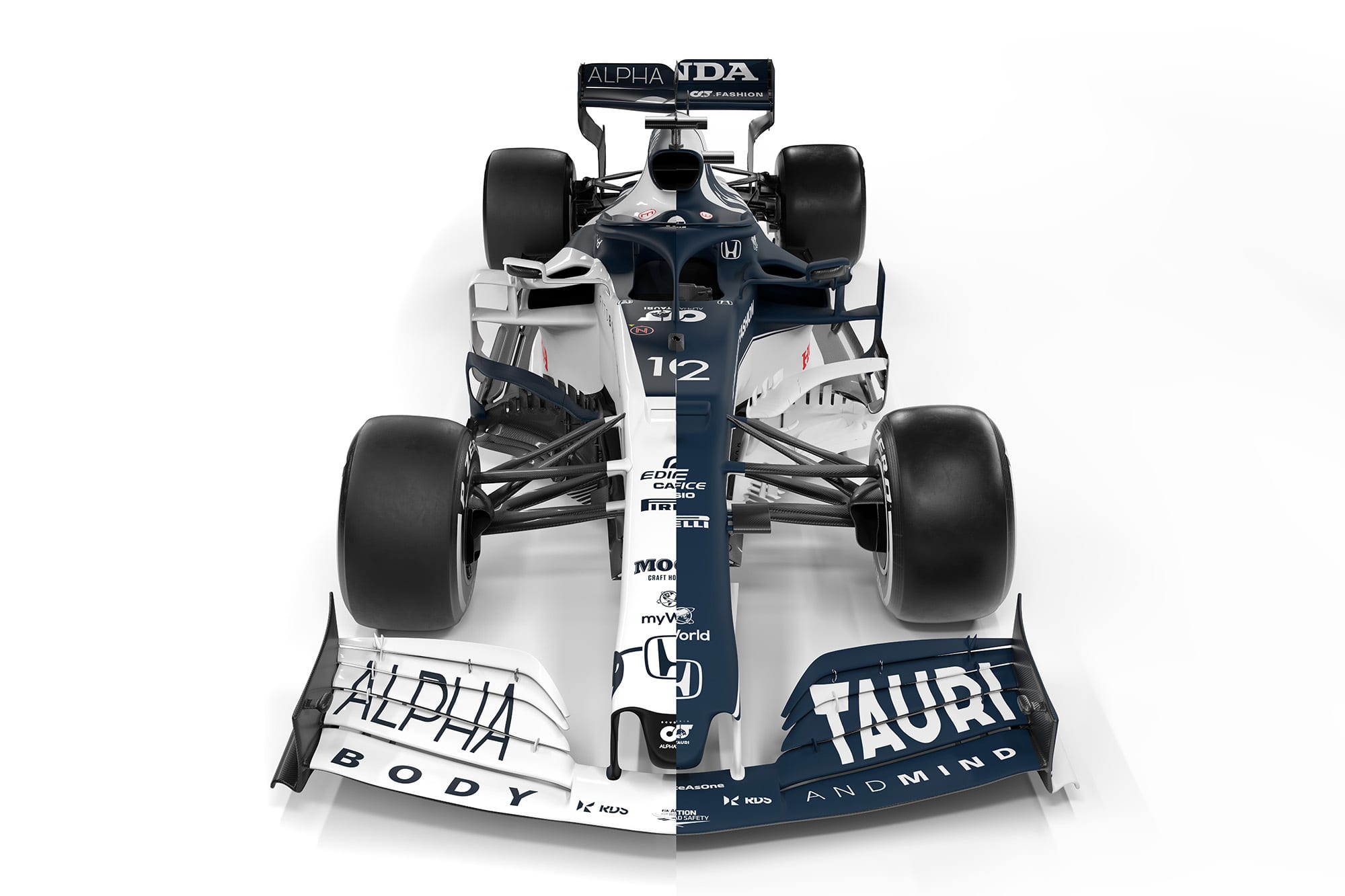
If you were to cut a horizontal section through the nose, it’s more or less that profile that the airflow is trying to go around.
A narrower nose can be more of a pear drop section coming around to a vertical keel that mounts the horizontal cape. The cape then helps to present the airflow to the leading edge of the underfloor in a more controlled flow direction. With the wider nose, getting the airflow around it in the same way is just that little bit more difficult.
The front wing mounting pillars are again the wider variety. This is good for the stability of the wing but they will have more of an effect on the airflow coming off the onboard section of the front wing flaps.
With these highly-loaded inboard front wings, you are trying to get as much flow as possible as early as possible to go underneath the chassis then pull it back out again across the leading edge of the underfloor with the bargeboards and the turned up section of the front corner of the floor. These wider wing pillars could compromise that.
The bargeboards have also been revised. The outboard vertical turning vane is now separated from the top of the sidepod, with more twist in its mid mount to turn the airflow down into the coke bottle area. AlphaTauri has also added more horizontal slatted vanes just in front of that vertical section.
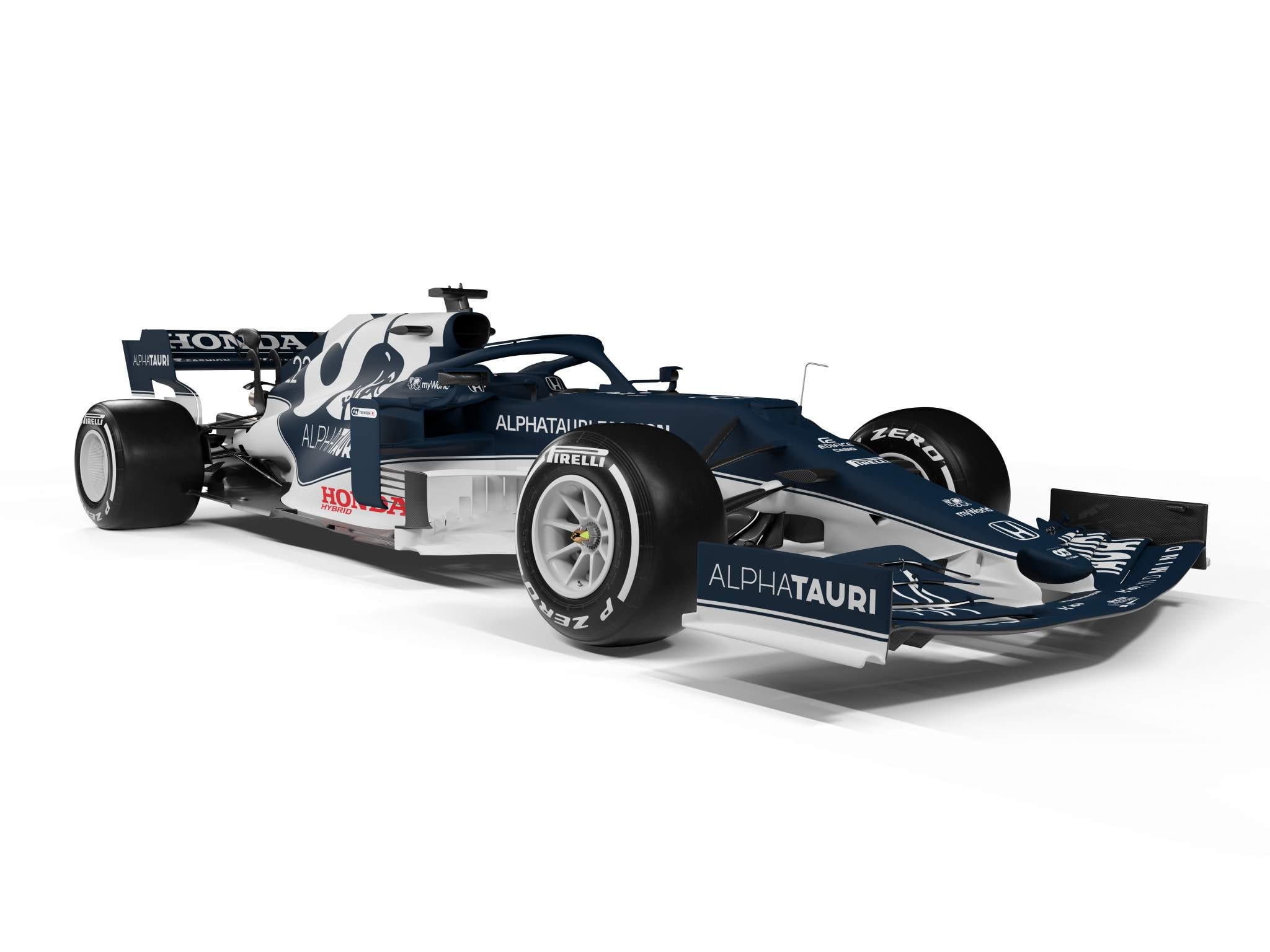
These changes will be designed to make the front corner of the underfloor work harder, pulling more of the airflow that goes under the car out of that area to compensate for the increased leakage going under the car further back because of the new floor regulations.
There are quite a few other small detail changes to the bargeboards to optimise their overall performance. All these turning vanes and vortex generators end up working as one. Their mission is to scavenge airflow from under the leading corner of the underfloor, use whatever vortices that can be produced to seal the side of the floor further rearward and send as much flow as possible in through the Coke bottle area to improve the performance of the diffuser. All in all, this is a major part of the aerodynamic performance a current F1 car.
The bodywork, sidepods and engine cover are also a little more precisely defined and sculpted than on the 2020 version.
AlphaTauri is now heading into its fourth year with Honda, which it they will have a good handle on the cooling requirements.
Stability in power unit supplier means all the small details can be optimised. These will be small changes, but each and every one adds up and collectively they can represent a significant improvement.
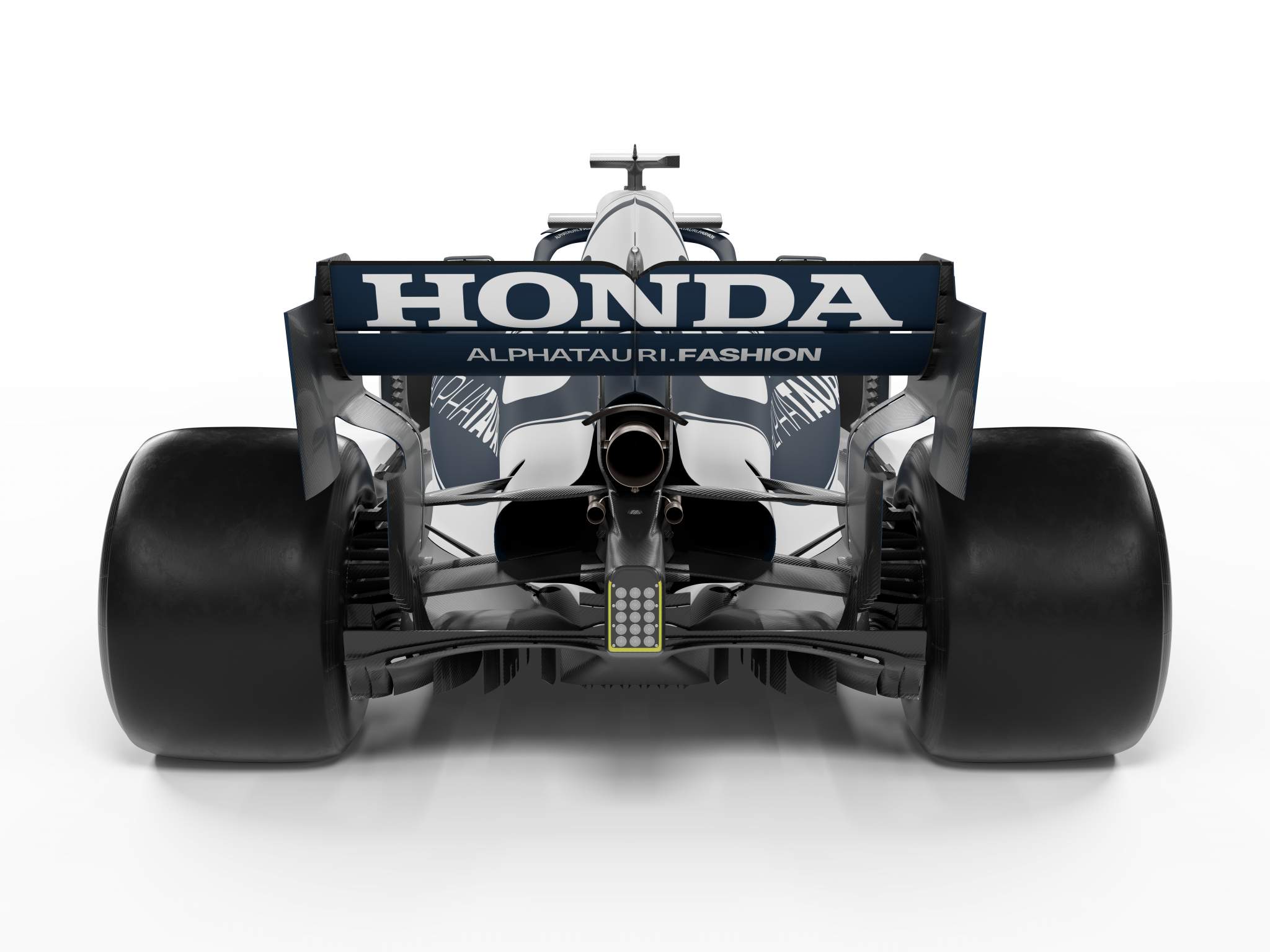
The rear wing endplates have some detail changes to the lower section and the louvre detail has also changed. Some of this will be to improve the performance of the diffuser, some will improve the efficiency of the overall rear wing package.
As for the rear of the car, hooray for the fact someone has actually recognised that it’s just as important to show it as it is the front!
The diffuser in itself is not so dramatically different but the reduction in the length of vertical turning vanes that are mounted on the diffuser’s undersurface is a change in line with the new regulations.
These vertical vanes are very important for dividing any airflow separation pockets in the diffuser, which inevitably occur when the car reduces in ride height.
The engineers will decide which is the fastest corner on a given track that requires downforce and aerodynamic balance. If we say that is 250km/h (155mph), then above that speed you don’t need downforce – or more importantly you want to reduce the drag. If you can do this than you will improve the top speed.
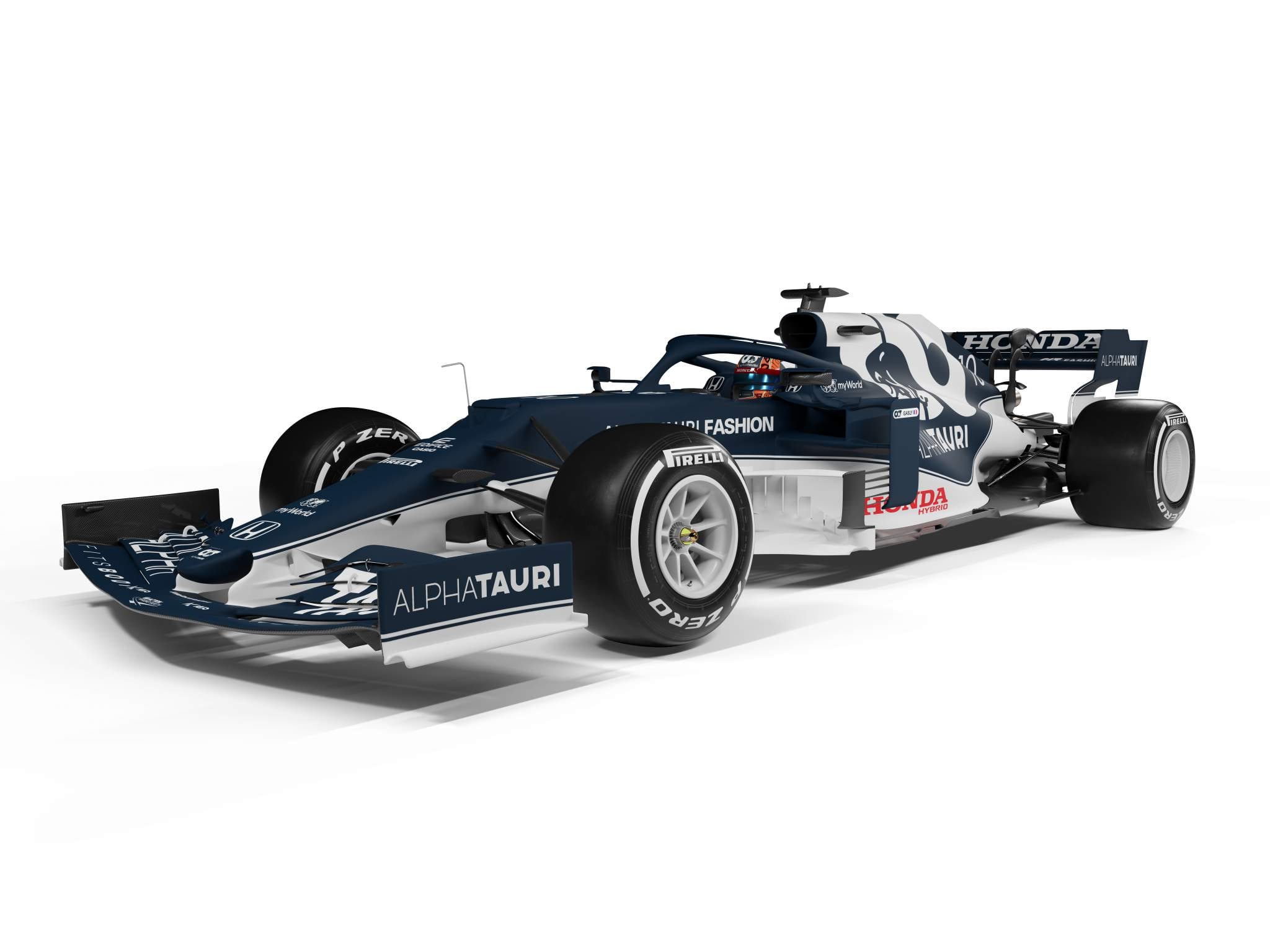
The rear ride height will then be set to suit achieving that required ride height at that speed and then as it gets lower some of the sections between these vertical vanes will suffer from airflow separation. This will in turn reduce downforce and, more importantly, drag on the straights.
If they are not placed correctly, any separation would very quickly affect the performance of the complete diffuser and mean you would lose a lot more of the downforce than intended. This, in turn, would make the rear of the car unstable in that initial part of braking.
Consider this function to be a bit like the DRS rear wing. When it’s open, the rear wing loses downforce, but more importantly drag, and the top speed increases. When the diffuser stalls, it does exactly the same.
If this stall containment isn’t working correctly it can be like when the FIA allowed the rear wing to be opened around the Abbey kink that now starts the lap at Silverstone, back in 2018. Edd Straw and I both sat in the grandstand there during Friday practice as we recognised that was going to probably be the most exciting part of the track and it wasn’t long before the FIA reviewed that decision and changed plan for the 2019 Silverstone race.
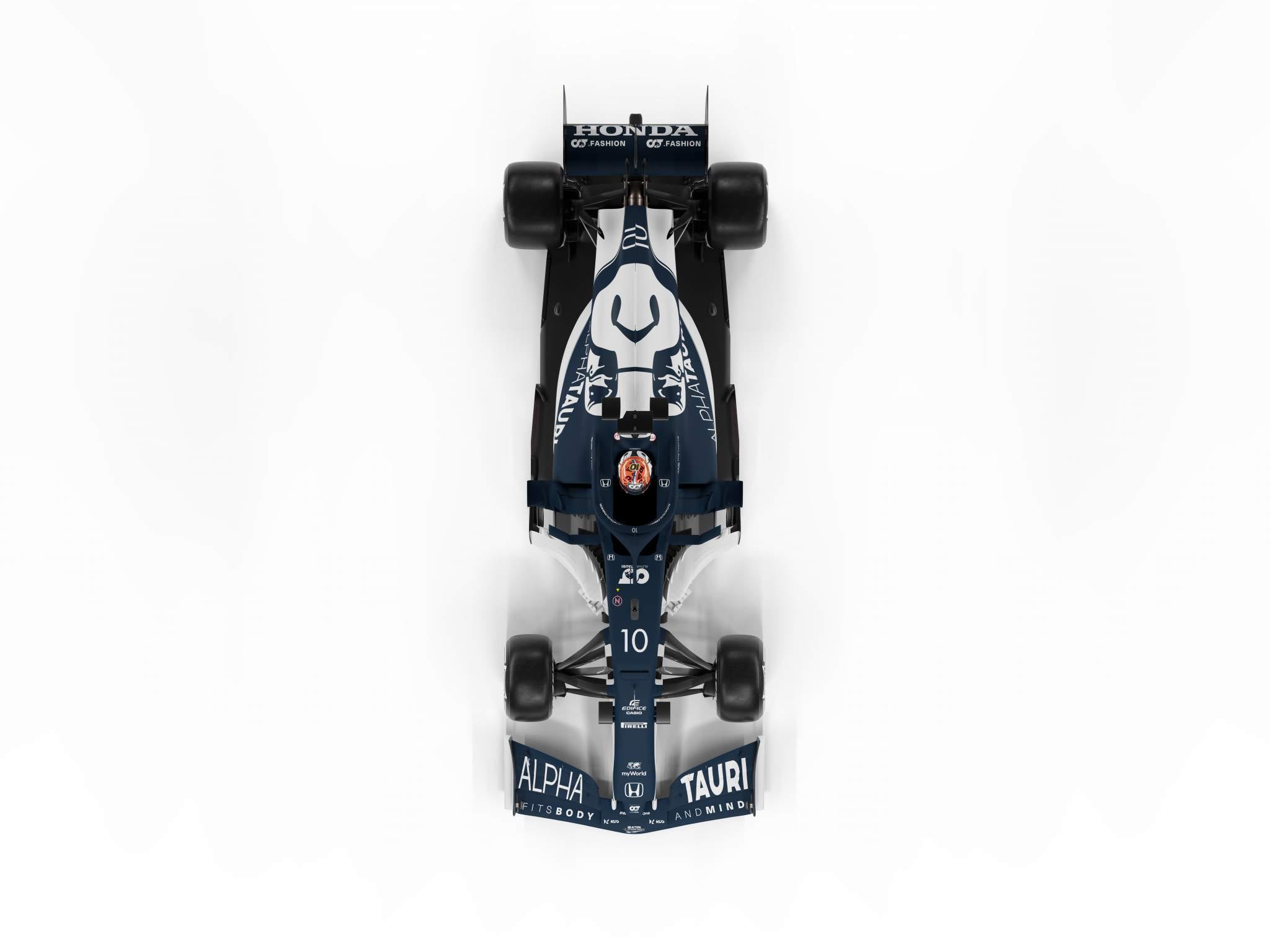
The cooling outlet area looks very similar to last year. I would imagine this would be AlphaTauri’s cooling package for Bahrain, so probably a mid-range version. It can be hot there, but it is quite a fast circuit so cooling is normally not too big a problem. It is the humid, hot and slow circuits that it will need to open up a little more cooling capacity for.
AlphaTauri also has a small wing section just above the exhaust outlet. If you can slightly turn this airflow coming out of the exhaust, it will influence the centre section of the rear wing – which because of the engine cover affecting the airflow is the least efficient part of the rear wing.
The biggest change for me at the rear of the car is actually the replacement of the AlphaTauri decal with the Honda decal. I’m pretty sure this shows the commitment of Honda to getting the best from its young up and coming Japanese driver Tsunoda.
Egginton summed up the changes for 2021 very comprehensively. AlphaTauri is striving to get back to similar downforce levels to the end of 2020. But in my book, it’s more important to, as he says, “increase and improve the car’s aerodynamic operating window”.
If this can be achieved, it will give the drivers confidence and allow them to push just that little bit harder.





